Why Spain is a great place for kids
Choosing the city that's right for you
Choosing the visa that's right for you
More than just great weather
Why Spain provides a better quality of life
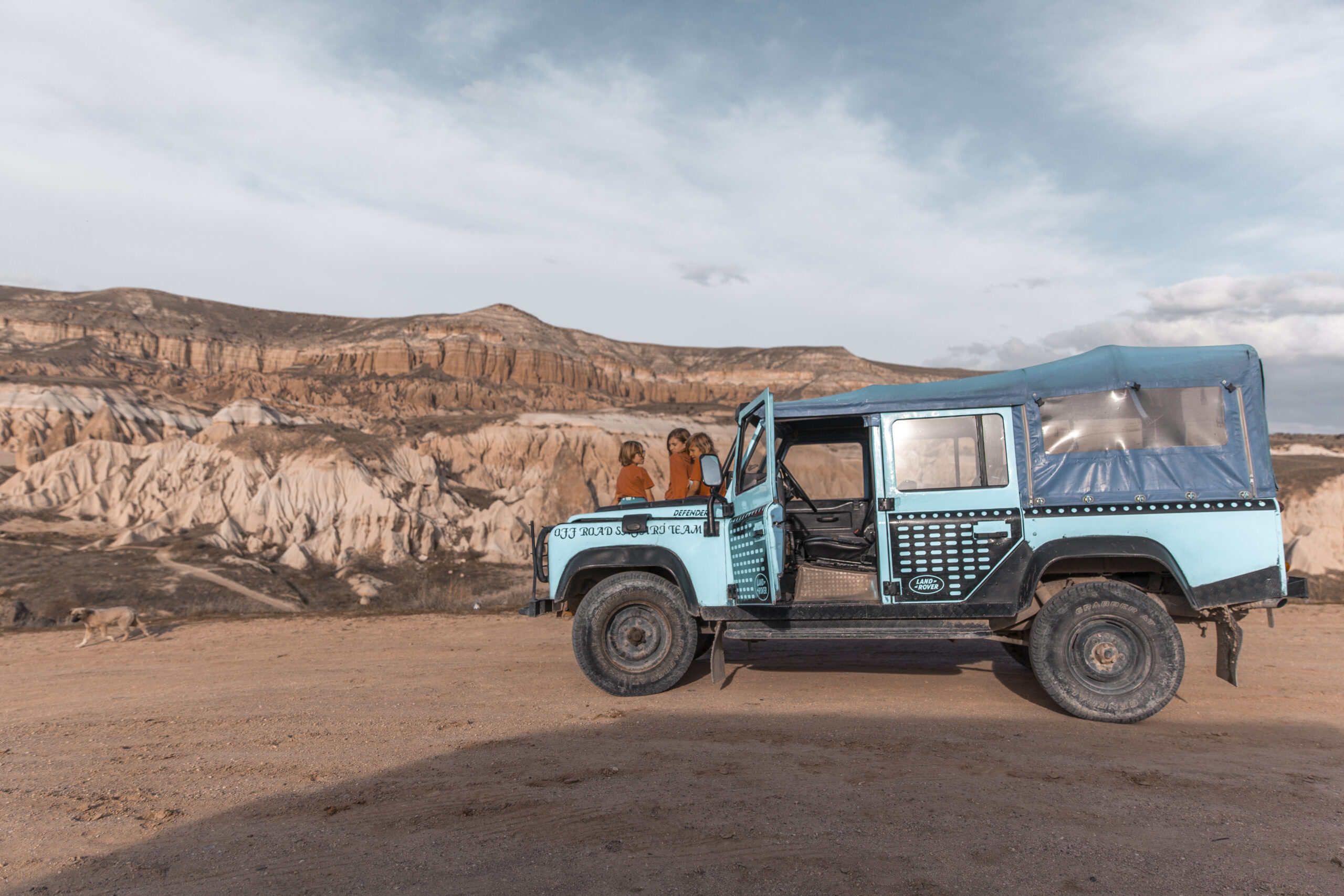
How we Plan
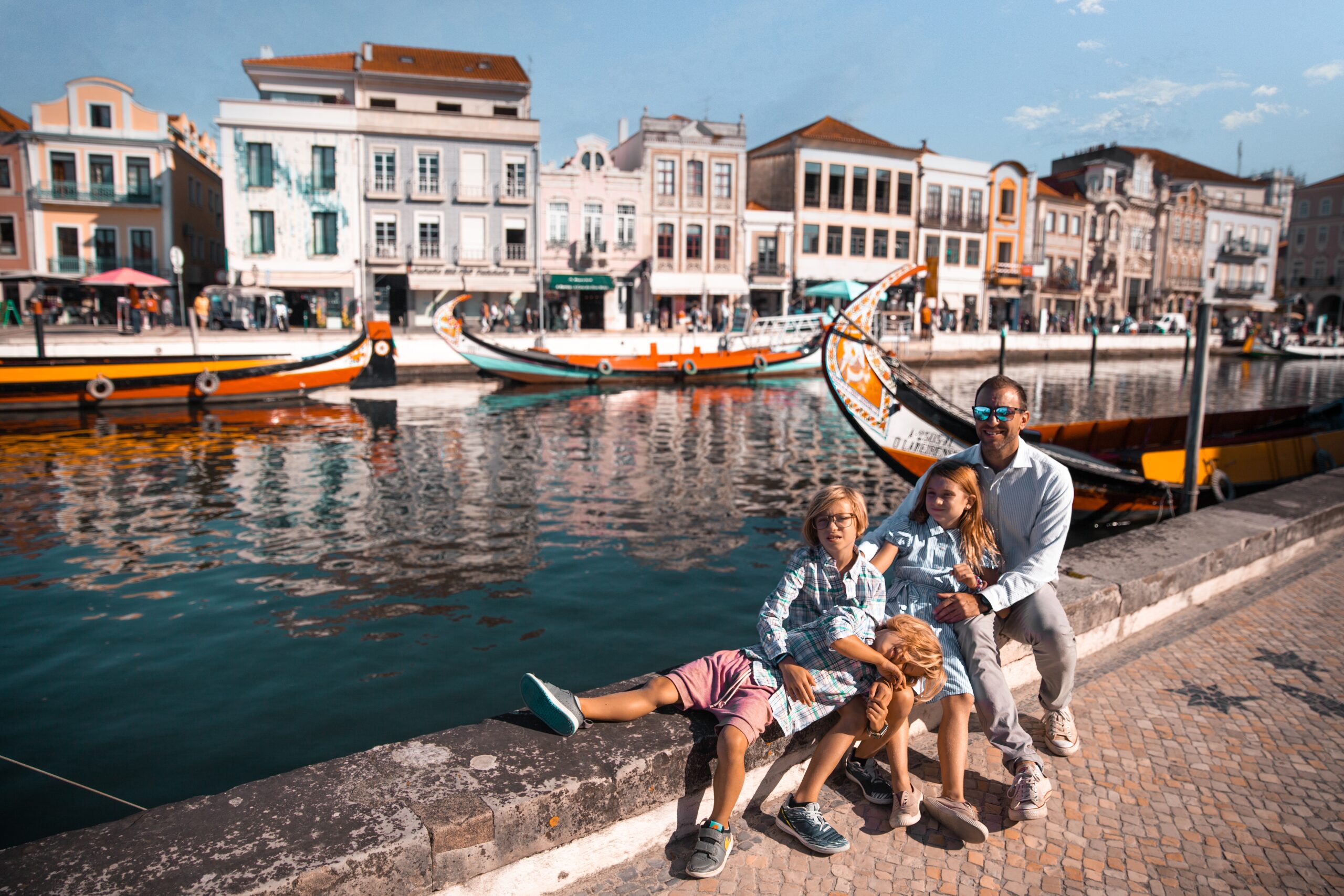
What we pack
Choosing Travel Insurance
Book Your Hotel
with Booking.com
Book Your Car
with RentalCars.com
Book Your Flight
with Skyscanner.com
Book Your Tour
with GetYourGuide.com
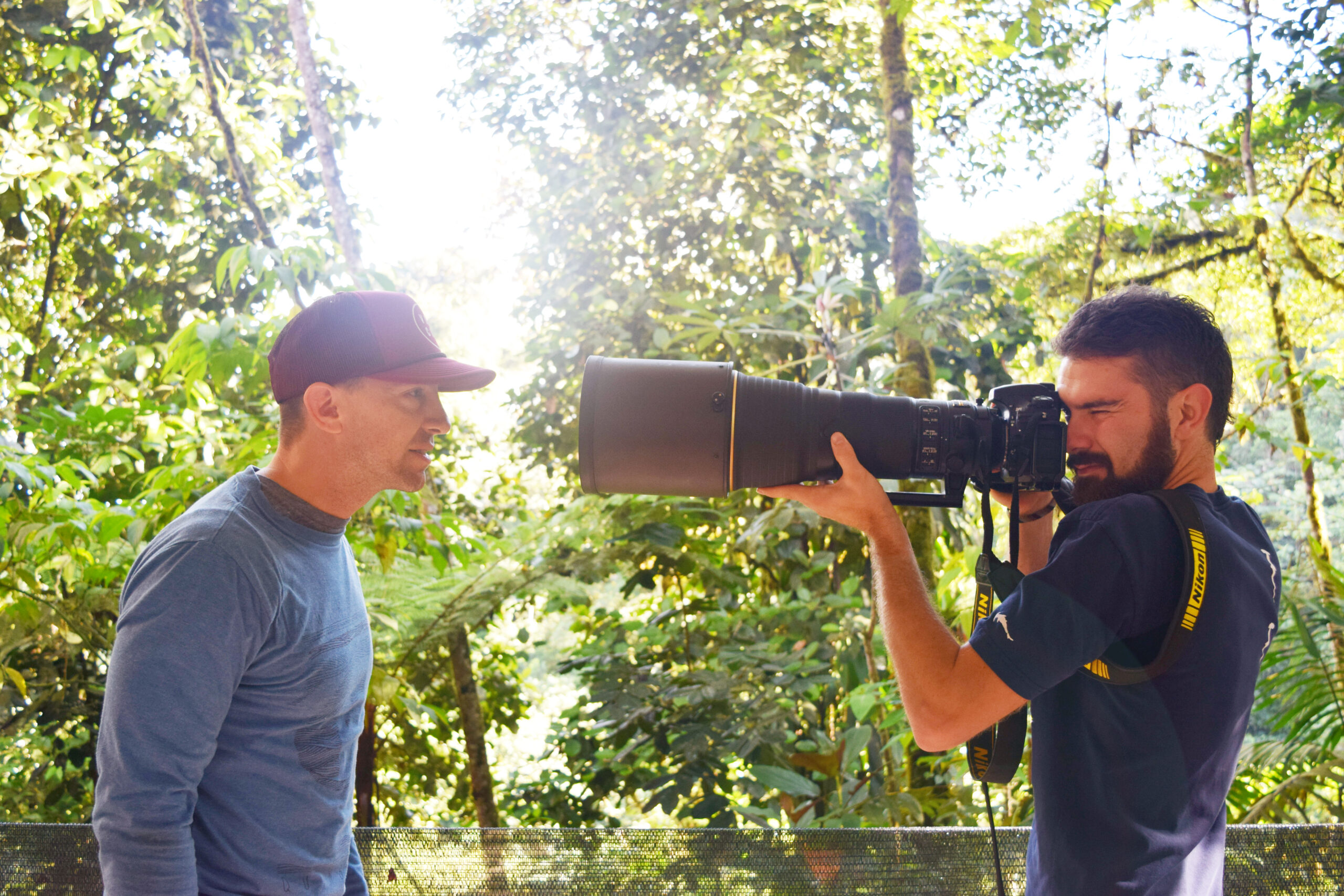
Our Camera Gear
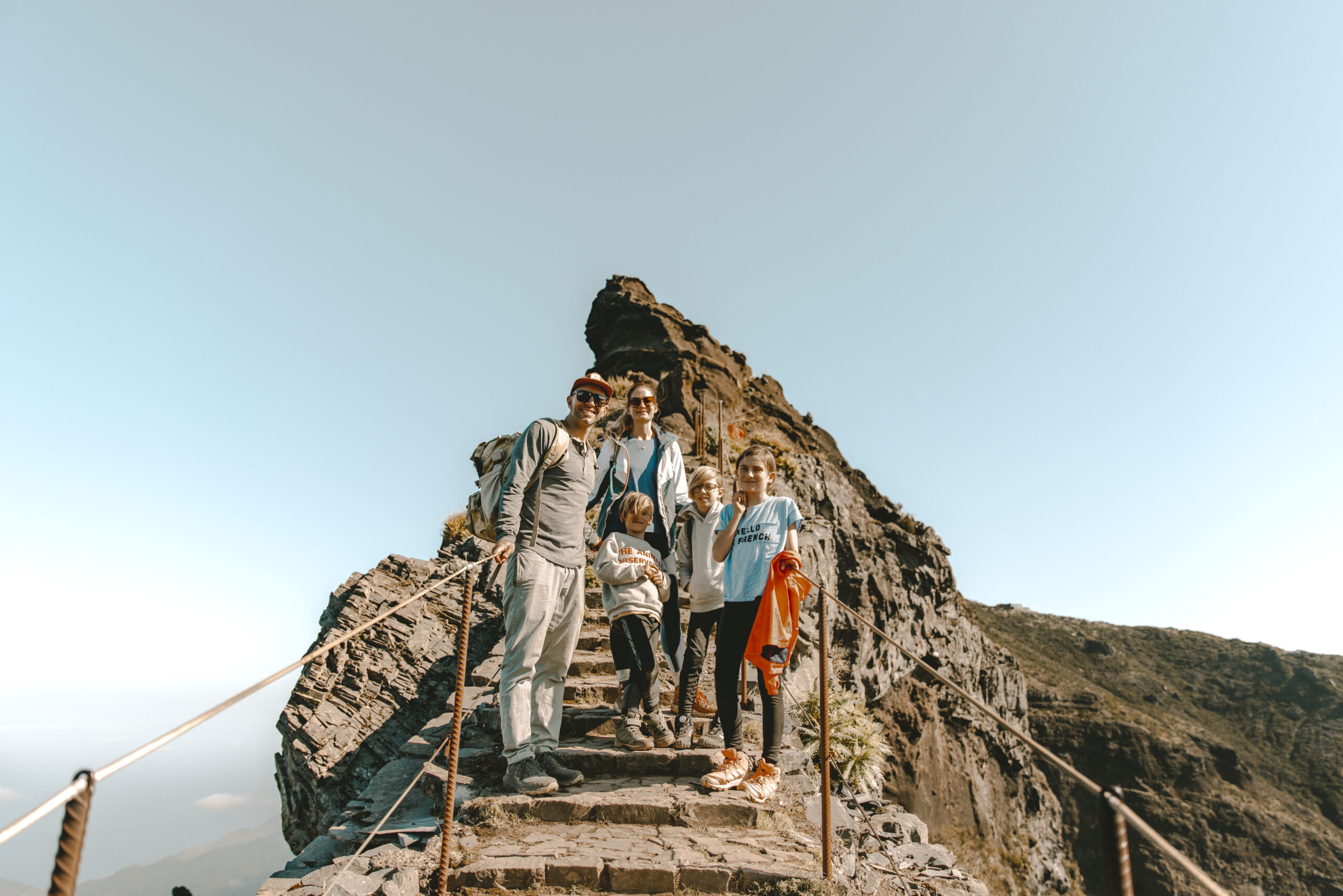
How We Fly
Choosing Your Destination
Guide to...
Chile
Norway, a land of awe-inspiring natural beauty and Nordic allure, captivates with its dramatic landscapes, deep fjords, and snow-capped mountains.
Map
Weather
Itineraries
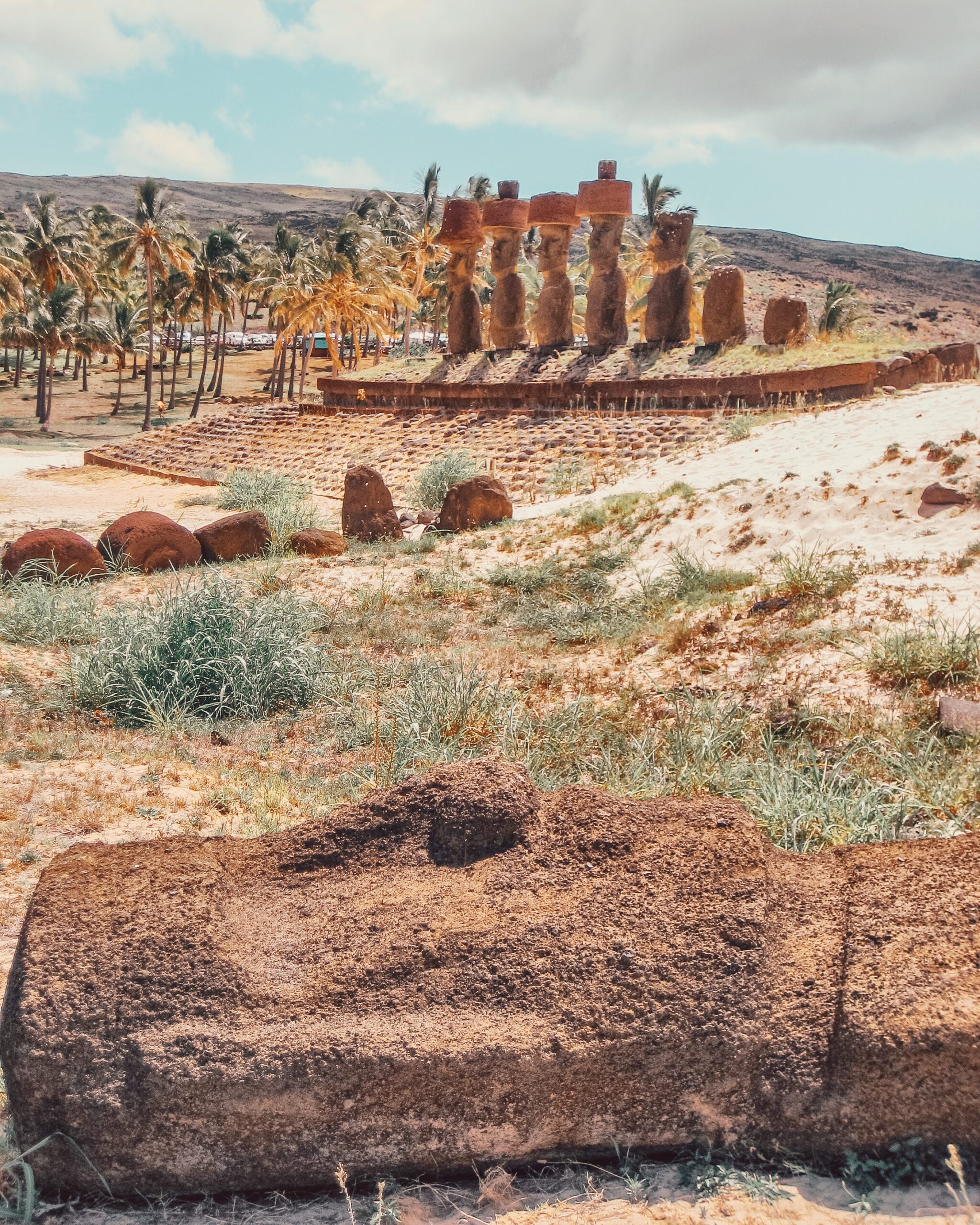
Coming Soon...
santiago
Top Five Restaurants in santiago
Boragó is renowned for its innovative approach to Chilean cuisine, utilizing native ingredients and modern techniques. Chef Rodolfo Guzmán crafts a unique dining experience that reflects the diverse ecosystems of Chile.
Ambrosía Bistro offers a casual yet refined dining experience with a focus on fresh, seasonal ingredients. Chef Carolina Bazán’s menu blends international flavors with local Chilean products, creating a vibrant culinary adventure.
Restaurante 040, led by Chef Sergio Barroso, is famous for its avant-garde dishes and intimate, speakeasy atmosphere. The tasting menu takes diners on a sensory journey through contemporary Spanish and Chilean fusion cuisine.
Bocanáriz is a wine bar and restaurant that pairs an extensive selection of Chilean wines with delicious tapas and main courses. It’s the perfect spot for wine enthusiasts looking to explore the rich variety of Chilean vintages alongside expertly crafted dishes.
Aquí Está Coco is a beloved seafood restaurant known for its sustainable practices and innovative dishes. The restaurant’s unique architecture and commitment to eco-friendly operations make it a standout in Santiago’s dining scene.
Top Five hotels in santiago
The Ritz-Carlton, Santiago offers luxurious accommodations with panoramic views of the Andes Mountains. Guests can enjoy elegant rooms, a rooftop pool, a full-service spa, and exquisite dining options, all within the city’s bustling financial district.
Mandarin Oriental, Santiago is a five-star hotel known for its sophisticated design, spacious rooms, and beautiful gardens. The hotel features a large outdoor pool, a world-class spa, and several gourmet restaurants, providing a serene retreat in the heart of the city.
W Santiago blends modern luxury with vibrant design, offering stylish rooms, a rooftop pool, and multiple dining and nightlife venues. Located in the trendy El Golf neighborhood, it’s perfect for travelers seeking a dynamic and upscale urban experience.
Hotel Plaza San Francisco combines classic elegance with modern comforts. Situated in downtown Santiago, it offers easy access to cultural attractions and features a renowned restaurant, a full-service spa, and a heated indoor pool.
Hotel Cumbres Lastarria is a boutique hotel located in the artistic and cultural Lastarria neighborhood. It offers stylish, contemporary rooms and a rooftop terrace with stunning views of the city, along with a vibrant restaurant and bar.
FAQ's
What are the main things to do with kids in Chile?
Chile offers many great activities and attractions for families traveling with kids. Here are some top things to do with kids in Chile:
1. Explore Santiago: The capital city has kid-friendly museums like the Interactive Museum (Museo Interactivo Mirador), the Children’s Museum (Museo de los Niños), and the Artequin Museum with giant playable sculptures. The city parks like Parque Metropolitano are also great for kids.
2. Visit the beaches: Chile has beautiful beaches along its long coastline. Popular family beach destinations include La Serena, Reñaca, Viña del Mar, and the beaches around Valparaíso.
3. See the Atacama Desert: Take a tour or stay in San Pedro de Atacama to experience the unique desert landscapes, salt flats, geysers, and stargazing.
4. Experience Patagonia: Hike family-friendly trails in Torres del Paine National Park to see the dramatic mountain scenery. Visit the Perito Moreno Glacier in El Calafate.
5. Go stargazing: With its clear skies, Chile is a prime stargazing destination. Many observatories offer kid-friendly astronomy tours.
6. See penguins and whales: Take a wildlife tour from Punta Arenas or Puerto Natales to see penguins, whales, sea lions and other marine animals.
7. Visit Easter Island: A long journey but a unique cultural experience to see the famous moai statues.
Be sure to plan ahead for any age-appropriate guided tours or activities that allow kids to get fully engaged.
What is Chile famous for?
Chile is famous for several things:
1. Scenic Natural Beauty
– The Atacama Desert – One of the driest places on Earth with stunning landscapes.
– Patagonia Region – Renowned for its dramatic mountain scenery, glaciers, and national parks like Torres del Paine.
– Easter Island (Rapa Nui) – The remote island territory is famous for its massive moai statues.
2. Wine
– Chile is one of the largest wine-producing countries, especially well-known for its high-quality red wines like Cabernet Sauvignon and Carmenère.
3. Copper Production
– Chile is the world’s largest producer of copper, which is an important part of its economy.
4. Diverse Landscapes
– Chile extends over 2,650 miles (4,265 km) from the Atacama Desert to the glaciers and fjords of Patagonia, providing incredibly varied terrain.
5. Indigenous Cultures
– The Mapuche and Rapa Nui indigenous groups have rich cultural histories in Chile.
6. Adventure Tourism
– Activities like hiking, mountain climbing, whitewater rafting, and skiing attract many adventure travelers.
7. Observatories
– With its clear skies and dry conditions, Chile hosts several major astronomical observatories.
8. Food and Produce
– Chilean cuisine features delicious seafood, beef, produce like avocados and grapes, and an emerging wine and foodie scene.
What power plug type does Chile use?
Chile uses two main types of power plugs and sockets:
1) Type C plug (European 2-pin plug)
This is the most commonly used plug type in Chile. It has two round pins.
2) Type L plug (Italian 3-pin plug)
This plug has three round pins in a linear format and is also found in Chile, particularly in older buildings.
The standard voltage in Chile is 220-240V and the standard frequency is 50Hz.
So if you are traveling to Chile from a country that uses different plug types (like the Type A/B plugs used in North America), you will need to use a travel adapter to plug in your electronics. Many travel adapters have inputs to accept both the Type C and Type L plugs used in Chile.
It’s always a good idea to check that your devices can handle 220-240V before plugging them in as well. Most modern laptops, phone chargers, and other electronics are dual-voltage compatible, but hairdryers and other heating appliances may not be.
Is Chile safe?
Generally speaking, Chile is considered a relatively safe country for travelers, though some basic precautions are still advisable as with any travel destination. Here are a few key points about safety in Chile:
– Chile has low levels of violent crime compared to some other South American nations. However, petty crime like bag snatching and pickpocketing can occur in major cities, especially Santiago.
– Popular tourist areas and accommodations are generally safe, but it’s wise to take normal precautions like not walking alone at night, keeping valuables secure, and being aware of your surroundings.
– Political protests and demonstrations occur periodically in Santiago. While mostly peaceful, it’s best to avoid confrontations if in the vicinity.
– Disaster preparedness is important in a country prone to earthquakes. Familiarize yourself with emergency procedures at hotels.
– When hiking or doing adventure activities, use authorized tour guides/operators and take all necessary safety precautions.
– Areas near the borders with Peru, Bolivia and Argentina require some extra vigilance due to potential issues with drug trafficking and petty crime.
Overall, millions of tourists visit Chile annually without any major issues by exercising basic situational awareness and caution with personal belongings. Following advisories from your embassy/travel advisors is also recommended.
What should one look for in a comprehensive Chile travel guide?
When looking for a comprehensive Chile travel guide, here are some key things to look for:
1. Detailed information on major destinations and regions – This should cover top cities like Santiago, Valparaíso, highlights of Patagonia, Atacama Desert, Easter Island, etc. with in-depth details on attractions, activities, accommodation options.
2. Cultural insights – A good guide provides background on Chile’s history, indigenous cultures like the Mapuche, local customs, cuisine and wines.
3. Outdoor/adventure travel advice – Chile is known for its natural scenery, so the guide should thoroughly cover national parks, hiking trails, adventure sports options like trekking, rafting, skiing.
4. Practical travel tips – Look for advice on getting around (flights, rental cars, buses), entry requirements, power/plug information, language guidance, money matters, packing lists.
5. Detailed maps – Quality maps of regions, cities, transit routes are extremely useful to navigate.
6. Suggested itineraries – Sample itineraries for different durations and interests can help plan trips efficiently.
7. Where to stay/eat – Comprehensive listings of hotels/hostels and top restaurants across budget categories.
8. When to visit/events – Guidance on the best times to go, major festivals/events, seasonal considerations.
9. Off-the-beaten-path gems – An insightful guide highlights unique local experiences beyond just the major tourist circuits.
10. Safety advice – Up-to-date information on areas to avoid, travel advisories and tips to stay safe.
Look for reputable guidebook brands like Lonely Planet, Fodor’s, Frommer’s or Rough Guides that do in-depth research and frequently update their Chile editions.
What are the current travel requirements for visiting Chile?
The good news is that Chile has lifted most of its COVID-19 entry requirements. This means you won’t need to show proof of vaccination or a negative test to enter the country.
Here’s a quick summary of what you’ll need:
- A valid passport with at least 6 months validity remaining from your arrival date.
- A Tourist Card (Tarjeta de Turismo), which you’ll receive upon arrival and is valid for up to 90 days. You can extend it for an additional 90 days if needed.
There are some special requirements in place for travel to Easter Island (Rapa Nui). You’ll need to:
- Complete a Single Entry Form (FUI) before you travel.
- Book a return ticket.
- Make a reservation with a tourist service registered with SERNATUR (Chile’s National Tourism Service).
Be sure to check with your airline or travel agent for the latest information, as requirements can change sometimes.
What travel restrictions should one be aware of before visiting Chile?
While Chile has eliminated most COVID-related restrictions, there are still some travel advisories to be aware of before your trip. Here’s a quick rundown:
- Increased Caution: The U.S. Department of State advises to exercise increased caution due to crime and civil unrest . Petty theft, muggings, and pickpocketing are common, especially in crowded areas. Violent crime rates are also on the rise. Be sure to stay vigilant, avoid demonstrations, and follow the instructions of local authorities.
- Demonstrations: Protests can erupt with little warning and may disrupt transportation. Be aware of your surroundings and avoid large gatherings.
- Easter Island: Special entry requirements apply for travel to Easter Island. You’ll need to complete a Single Entry Form, book a return ticket, and make a reservation with a SERNATUR-registered tourist service.
What are the best Chile travel packages available for adventure seekers?
Chile is a smorgasbord of adventure activities, from hiking the majestic peaks of Patagonia to stargazing in the Atacama Desert, the world’s driest non-polar desert. Here are some travel packages that cater to the thrill-seeker in you:
- Patagonia Adventure: Torres del Paine W Trek
This classic adventure takes you on a multi-day hike through Torres del Paine National Park, a UNESCO World Biosphere Reserve. You’ll trek through dramatic mountain scenery, past glaciers, turquoise lakes, and towering granite peaks.
- Atacama Adventure: Multisport in the driest desert
This package combines heart-pounding activities like sandboarding, mountain biking, and stargazing in the Atacama Desert. You’ll also visit geysers, climb sand dunes, and soak in thermal baths.
- Lake District Adventure: Volcanoes and Hot Springs
The Lake District is a playground for adventure enthusiasts. This package will have you kayaking on turquoise lakes, fly-fishing for trout, and white-water rafting down thrilling rapids. You can also climb volcanoes like Villarrica, with the option to ski down its slopes.
When choosing a travel package, consider your fitness level, interests, and budget. Here are some reputable tour operators that offer adventure travel packages in Chile:
These are just a few examples, and there are many other great adventure travel packages available in Chile. With a little research, you’re sure to find the perfect trip for you.
Here are some additional factors to consider when choosing an adventure travel package:
- Group size: Do you prefer a small, intimate group or a larger tour with more people?
- Accommodation: Camping, eco-lodges, or comfortable hotels?
- Travel style: Do you want a guided tour with everything included, or a more independent adventure?

